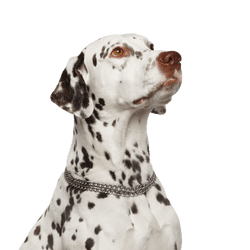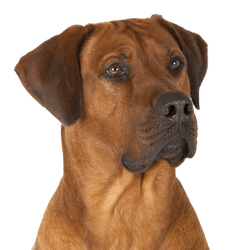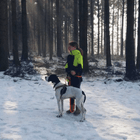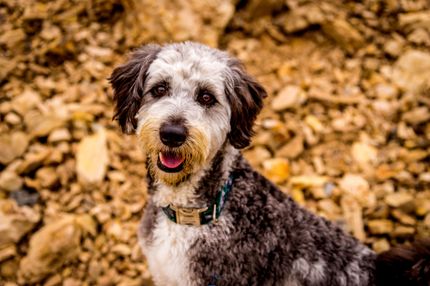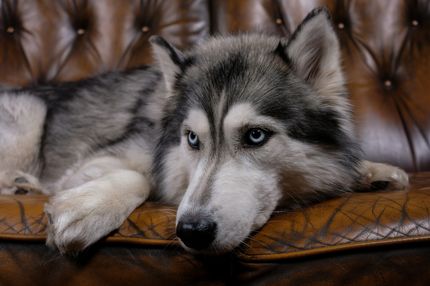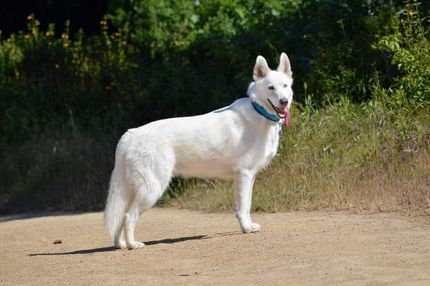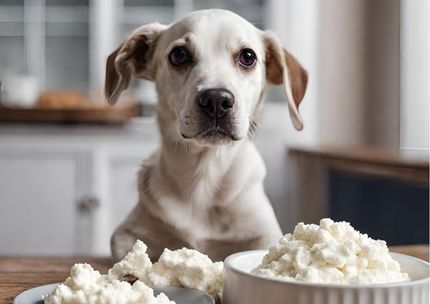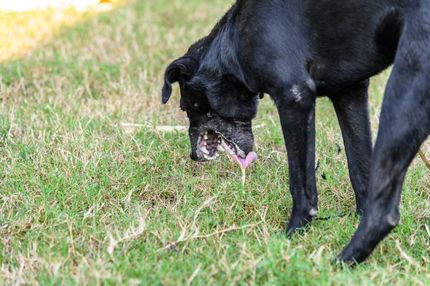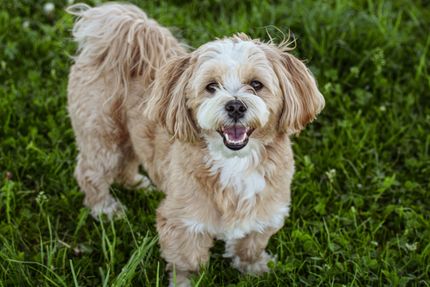Facts & Origin
PROFILE: Rhodesian Dalmatian - An impressive mix of strength and charisma.
The Rhodesian Dalmatian is the result of a cross between two very different but equally fascinating breeds: the Dalmatian, known for its distinctive black or liver-colored spots, and the Rhodesian Ridgeback, a rugged hunting dog with a striking backbone of hair standing against the grain.
Both breeds have a long and colorful history. The Dalmatian, originally from the Dalmatian region of Croatia, was a popular companion dog in European noble houses. The Rhodesian Ridgeback, born in southern Africa, was used to hunt big game, especially lions.
The Rhodesian Dalmatian is an impressive dog that combines strength, intelligence and a warm personality . With proper care and training, it can become a loyal and loving companion for any home. Such a mix brings out the beauty and elegance of both breeds and is perfect for active families looking for a devoted four-legged friend by their side.
| Alternate Name | - |
| Origin | Croatia - South Africa |
| Life expectancy | 10 - 13 years |
| Care requirements | low-maintenance |
| Activity level | average to high |
| FCI group | not recognised |
| AKC group | not recognised |
| KC group | not recognised |
More Dalmatian mixes
More Rhodesian Ridgeback mixes
Attitude, character and temperament of the breed
Possible character traits
The Rhodesian Dalmatian inherits a mix of bravery, energy and loyalty from both parents. This mix is usually friendly and good-tempered, but can also have an independent streak that comes from his hunting past. He is intelligent and alert, which makes him a good watchdog, but he is also playful and affectionate towards his family.
Suitability and attitude
A home that provides the Rhodesian Dalmatian with enough exercise and mental stimulation is ideal. Because of his size and energy level, a home with a large yard or access to an open space where he can run is best. He is also good for families who have an active lifestyle and enjoy outdoor activities. Early socialization and training are important as he can sometimes have a stubborn nature.
Character
Usage
Care and health
The coat of the Rhodesian Dalmatian is usually short and easy to maintain. A weekly brushing is sufficient to remove loose hair and keep the coat healthy. When grooming, it is important to also check the ears regularly and trim the claws. As for health, be aware of potential problems with both breeds, including hip dysplasia, skin problems and certain genetic conditions . Regular visits to the veterinarian are essential.
What does this mix look like?
The physical aspect of this mix can vary. Some may combine the spotting ofthe Dalmatian with the imposing build of the Ridgeback. The most noticeable feature may be the "ridge" or crest on the back, which is typical of the Rhodesian Ridgeback. The color palette can range from vivid spots to a more uniform hue.
Known Diseases
Allergies
Can occur in a number of breeds, regardless of genetic makeup.
Numbness
Often occurs in old age.
Hip dysplasia (HD)
Hip dysplasia (HD) is a genetic condition in dogs where the hip joint is not shaped properly. This leads to pain, stiffness and restricted movement.
Elbow dysplasia (ED)
Elbow joint dysplasia is a chronic disease complex of the elbow joint of fast growing dog breeds.
Ataxia
Ataxia (from Greek ἀταξία ataxia 'disorder' 'irregularity') is a generic term in medicine for various disorders of movement coordination. Ataxia can occur even when there is no paralysis (paresis), that is, when there is normal muscle strength.
FAQ
-
The Rhodesian Dalmatian usually has a short, dense coat and sometimes inherits the spots of the Dalmatian.
-
Since their coat is short, it is relatively easy to maintain. Regular brushing is sufficient to keep the skin and coat healthy and clean.
-
Yes, they are usually very loyal, cheerful and energetic. They are very playful and like to meet new challenges.
-
Yes, if the Rhodesian Dalmatian is socialized early and trained regularly.
